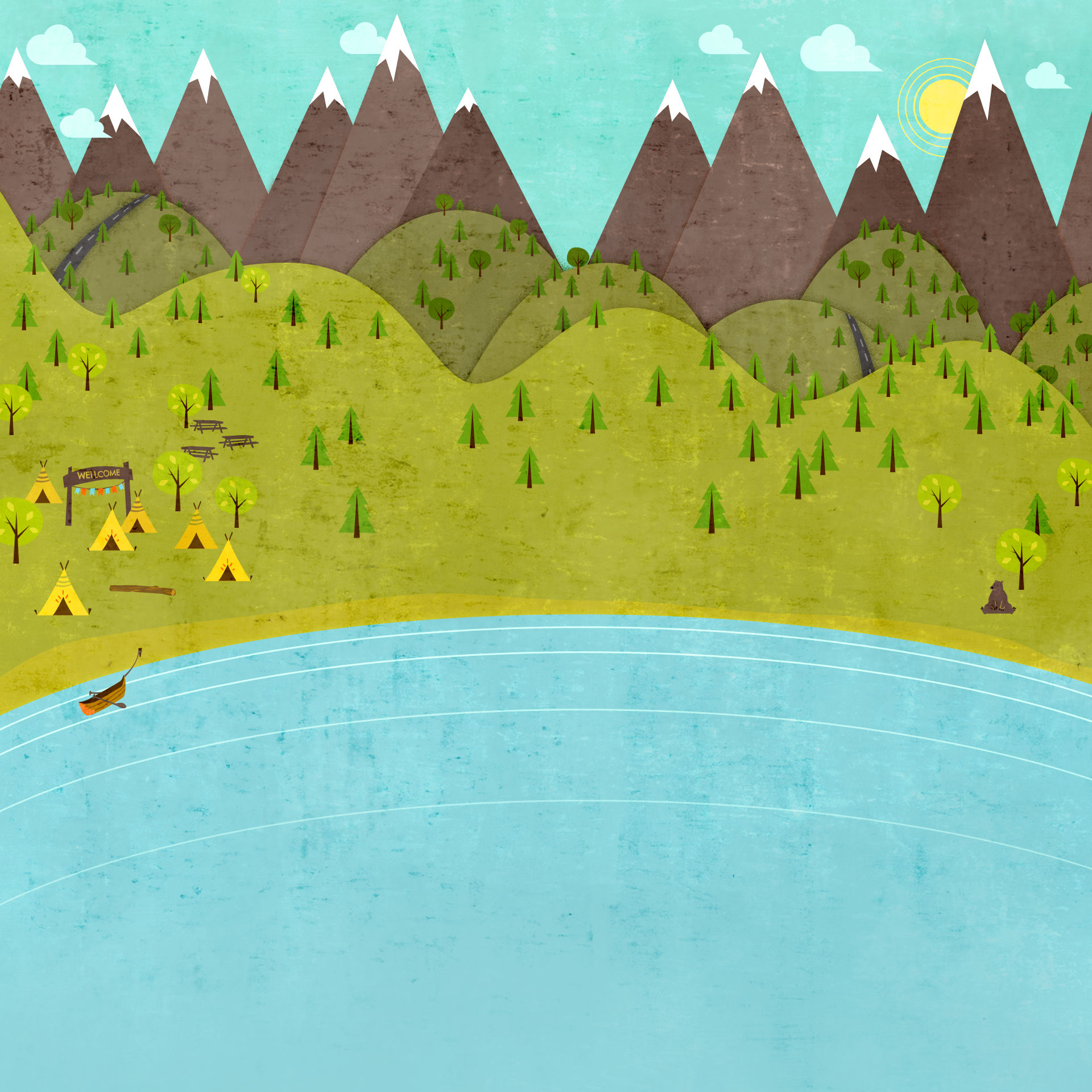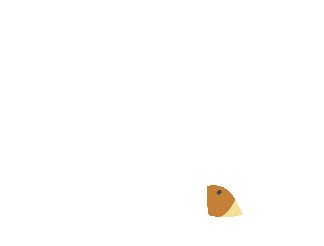
Tokay Go Green Club



Tokay Reusable
Water Bottles
We're trying to sell stainless steel reusable water bottles to students and staff at Tokay. By using less plastic water bottles, we can help our communities!



Fun Facts~
-
The production of plastic bottles accounts for 4 percent of the energy consumption in the US.
-
Each year 17 million barrels of oil are used to produce bottled water. That’s 340 million gallons of gasoline.
-
The production and transport of bottled water in the United States necessitates the use of up to 54 million barrels of oil every year (2012). It takes 2,000 times more energy to produce and distribute bottled water than it would be used if everyone chose tap water.
-
Only 1 in 5 bottles are recycled. The other 4 contribute to the 3 billion pounds of plastic bottles added to landfills each year.
-
It takes three liters of water and one third of a liter of oil to produce one liter of bottled water (Source: Pacific Institute)
-
The total amount of energy embedded in the use of one bottle of water is the equivalent of filling a plastic bottle one quarter full of oil.
Why is saving energy important?
-
It is important for future generations to learn sustainability. We need to reduce our pollution and carbon emissions by finding ways to encourage energy efficiency within our schools and communities.
Three R's
-
Reduce, Reuse, and Recycle! Recycle to reduce the need to extract and refine natural resources. Also, reuse as much as possible, especially with plastic bags and water bottles!
Plastic Bags
-
A lot of the plastic thrown out is often digested by marine animals. Various pieces of ocean trash like plastic containers and bags kill at least 100,000 mammals every year and 1 million sea birds each year.
-
All this trash and debris accumulates in the ocean in large “garbage patches” such as the one in the Pacific Ocean. Everything we throw away ends up in gyres, regions of the ocean where water rotates in a large circular pattern. The volume of trash has increased by 100 times in the last 40 years.
-
Plastics are broken down by the sun into tiny pieces that fish mistake for plankton and eat and also put toxic chemicals in the water. For this reason, it is estimated that 10% of all fish have traces of plastic in them.
-
Try to limit your consumption of plastics! Next time, think about where that plastic bag is going to go afterwards. It is important to remember the three R’s: reduce, reuse, recycle. Reduce the amount of plastic you use and reduce and reuse as much as you can. Try to also use reusable bags when you’re grocery shopping. It may seem like these are small things, but in the end, every little step makes a difference.



